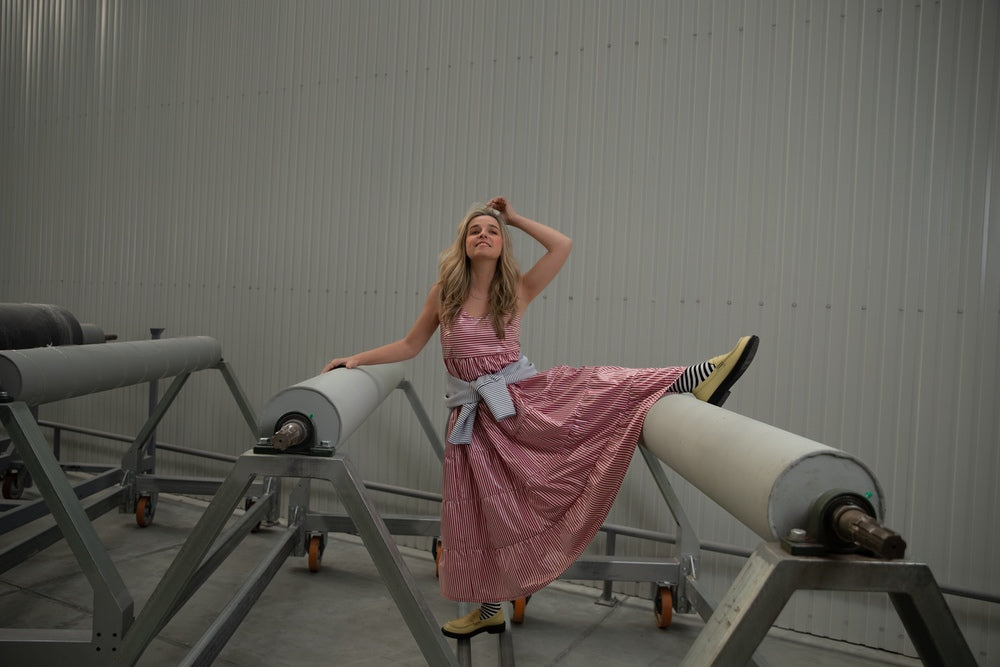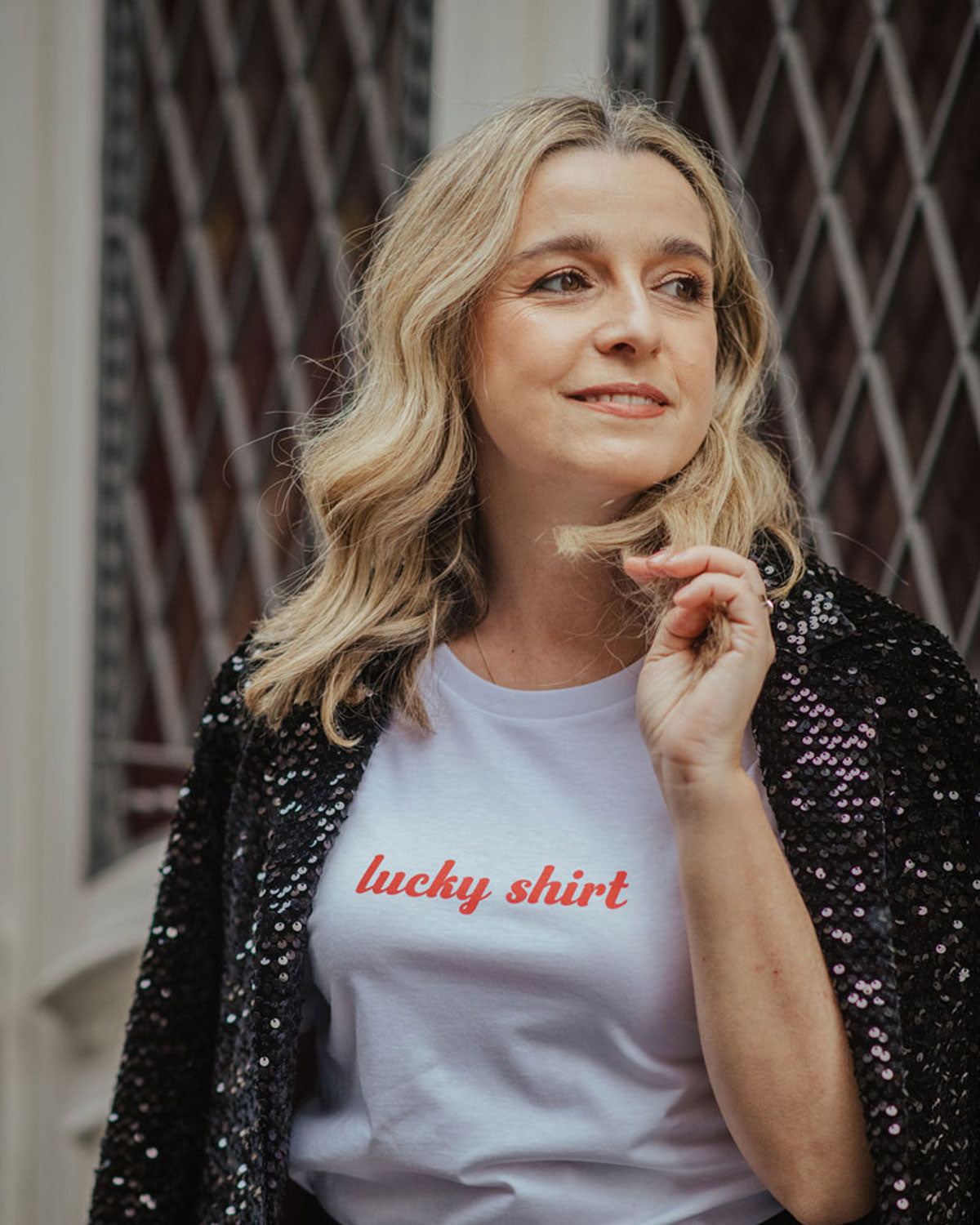The fashion industry is undergoing a radical transformation, driven by growing concern for the sustainability of the environment. Consumers are increasingly aware of the negative impacts of fast fashion and are therefore looking for more ethical and ecological alternatives. Sustainable fashion is increasingly emerging as one of these alternatives, with dead stock playing a key role in this movement.
In this article, we'll explore what sustainable fashion is, how dead stock is being used to create original and unique clothes, and why this trend is gaining momentum.
What is Sustainable Fashion?
Sustainable fashion is a concept that aims to reduce the environmental impact of the fashion industry. It focuses on producing clothes responsibly, taking into account factors such as the use of sustainable materials, fair working conditions and the life cycle of products. In response to these concerns, it also encourages consumers to make more conscious choices, such as buying quality clothes that last longer.
The Dead Stock Challenge.
One of the most pressing issues in the fashion industry is dead stock, which refers to clothing and textile materials that have been overproduced and not sold. This generates enormous waste, as these products often end up in landfills.
According to the US Environmental Protection Agency (EPA), the fashion industry is the second biggest polluter in the world, largely due to this waste.
Dead Stock as a Solution.
Some brands are turning dead stock into an opportunity. As far as Nazareth is concerned, instead of discarding these unused materials, the brand is using them to create new and exclusive clothes. As well as reusing waste from the industry, it doesn't use up the various environmental resources, such as water, energy and fuels needed for industrial textile production.
In this way, it offers consumers the opportunity to acquire unique and exclusive pieces, produced using highly qualified labor and charged at fair prices, to produce fashion collections with the brand's own DNA.
Impactful statistics.
- According to the Ellen MacArthur Foundation, the fashion industry produces around 92 million tons of textile waste every year.
Ellen MacArthur Foundation (2020). "A New Textiles Economy: Redesigning Fashion's Future."
- A study by Global Fashion Agenda revealed that 75% of fashion brands are unable to track their dead stocks.
Global Fashion Agenda (2019). "Pulse of the Fashion Industry."
- ThredUP research has shown that used clothing resale is expected to grow 11 times faster than fast fashion over the next few years.
ThredUP. (2021). "2021 Resale Report."
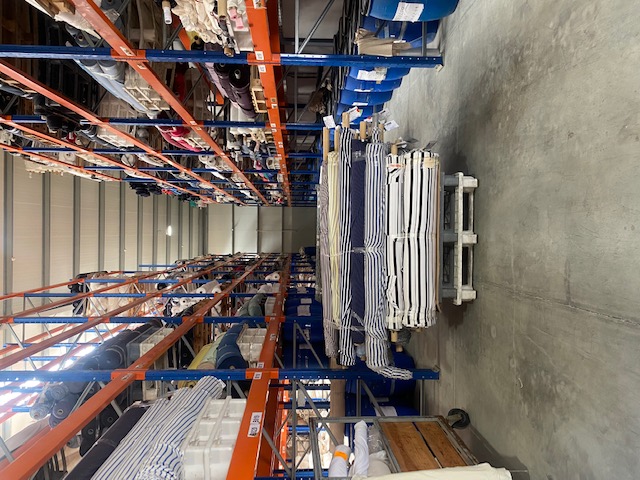
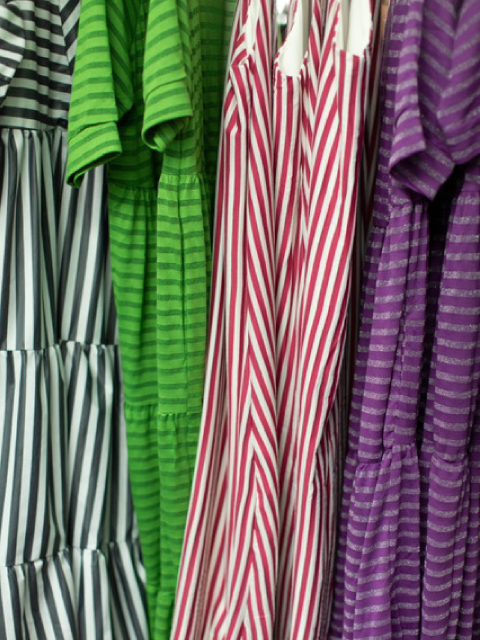

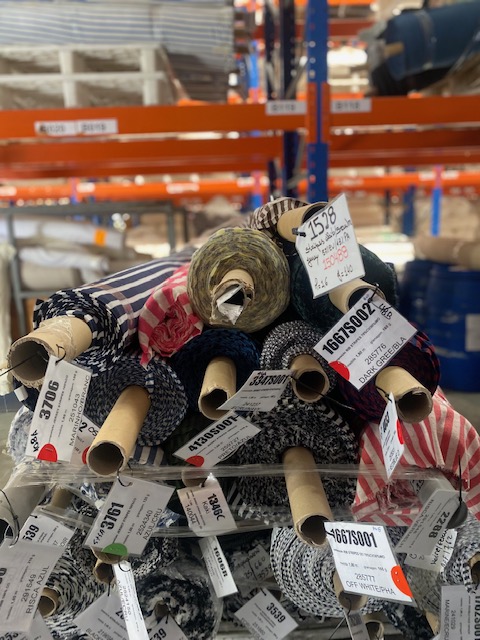
Some advantages of sustainable fashion with dead stock
There are countless advantages to sustainable fashion obtained from the reuse of dead stock, for example:
- Reducing waste: transforming dead stock into new garments significantly reduces the waste of textile materials.
- Originality: products made from dead stock are unique, which attracts consumers who want exclusive pieces.
- Environmental sustainability: sustainable fashion with dead stock contributes to reducing the fashion industry's carbon footprint.
- Consumer awareness: consumers are increasingly aware of the impacts of fast fashion and are looking for brands that adopt more sustainable practices.
Sustainable fashion with dead stock is arguably playing a key role in transforming the fashion industry. As consumers become more aware of the environmental and social impacts of fashion, brands that adopt sustainable practices are gaining prominence. Turning waste into opportunity is not only beneficial for the planet, but also for business. So the next time you're looking for original and conscious fashion pieces, consider supporting brands that use dead stock creatively and responsibly. Together, we can create a more sustainable future for the fashion industry.
